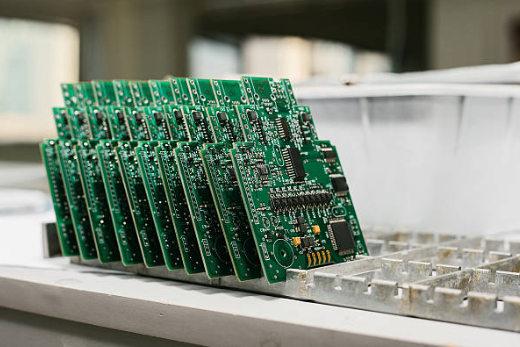The landscape of Printed Circuit Board (PCB) technology is continually evolving, driven by a quest for higher performance, miniaturization, and enhanced functionalities in electronic devices. Recent years have witnessed remarkable advancements, including the introduction of flexible PCBs, rigid-flex configurations, and high-density interconnects (HDIs), pushing the boundaries of what electronic devices can achieve.

Flexible PCBs, with their bendable nature, cater to the demand for compact and adaptable designs. Rigid-flex PCBs combine the benefits of both flexibility and structural stability, opening avenues for innovative form factors. Meanwhile, HDIs optimize the use of available space, enabling the integration of more components into smaller areas, and fostering the development of high-performance electronic gadgets.
Advanced materials, such as ceramics and polyimide, have emerged to meet the specific needs of diverse applications. These materials offer improved thermal management and enhanced durability, ensuring the reliability of PCBs in demanding environments. Furthermore, 3D printing technologies are making waves, enabling the creation of complex three-dimensional PCB structures, adding a new dimension to design possibilities.
In essence, the evolution of PCB technology is a testament to the relentless pursuit of efficiency and innovation in the electronics industry. These advancements not only push the boundaries of what is possible but also contribute to the continual improvement of electronic devices, shaping the future of technology.

